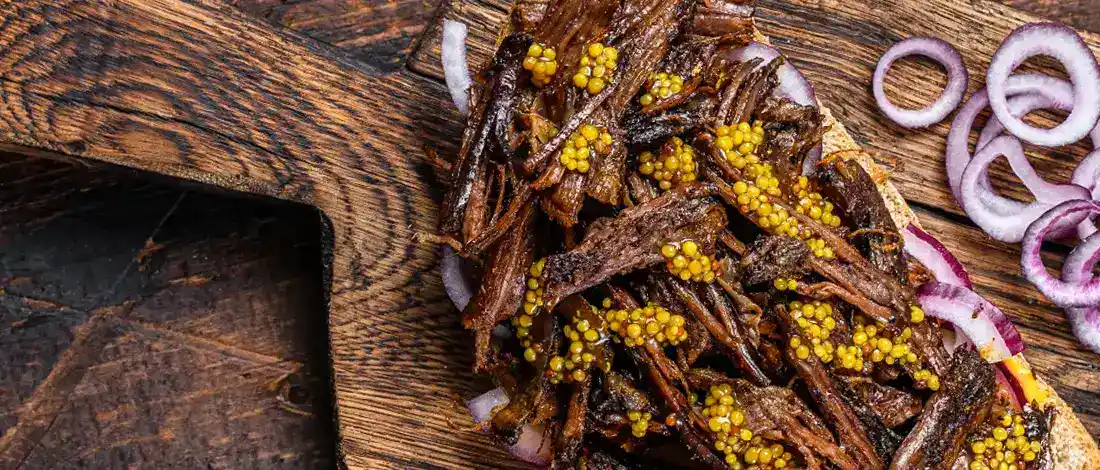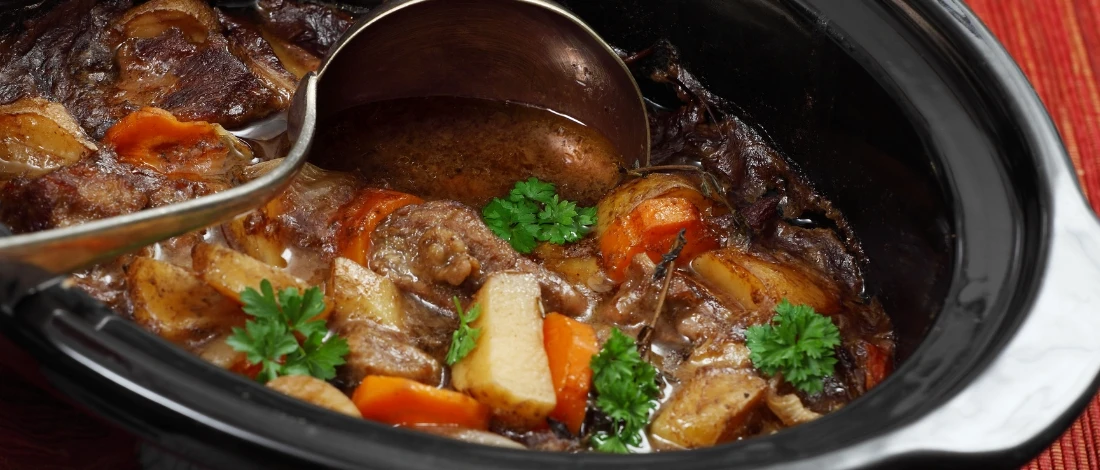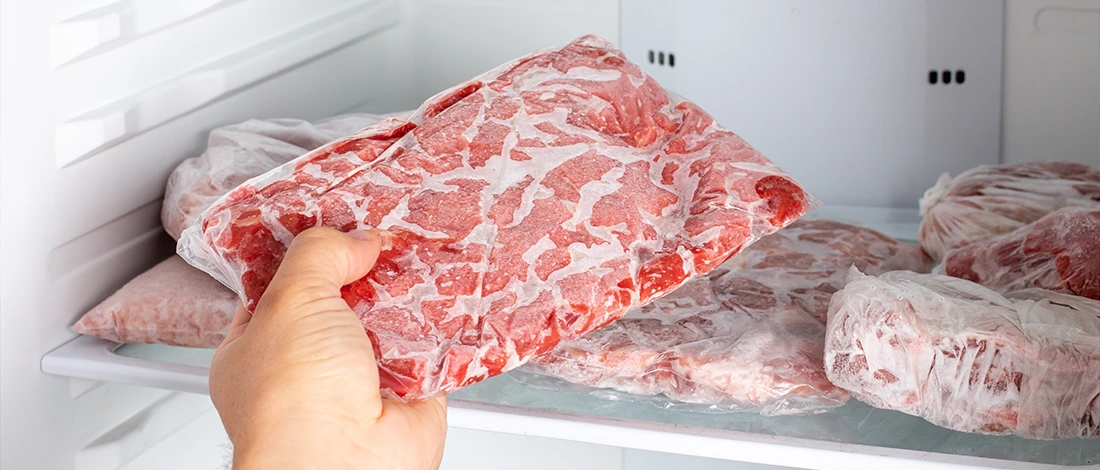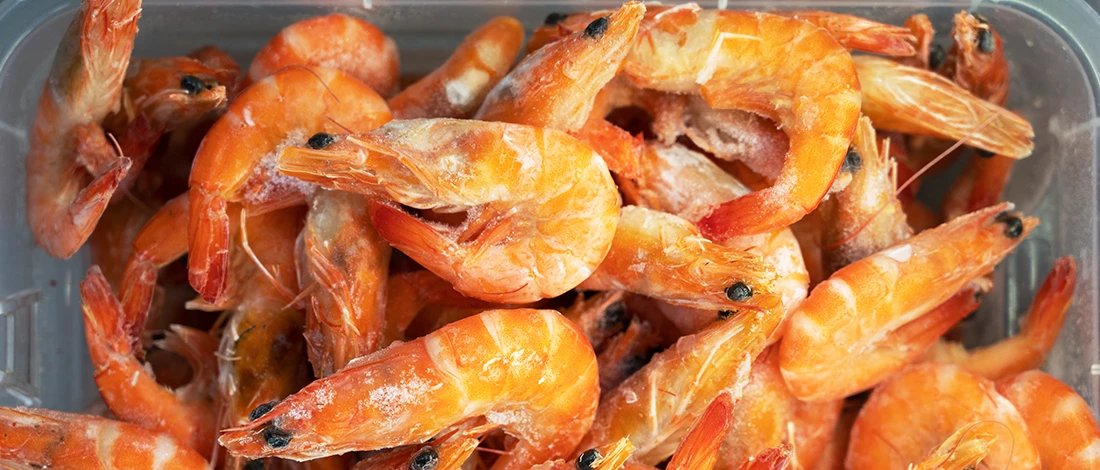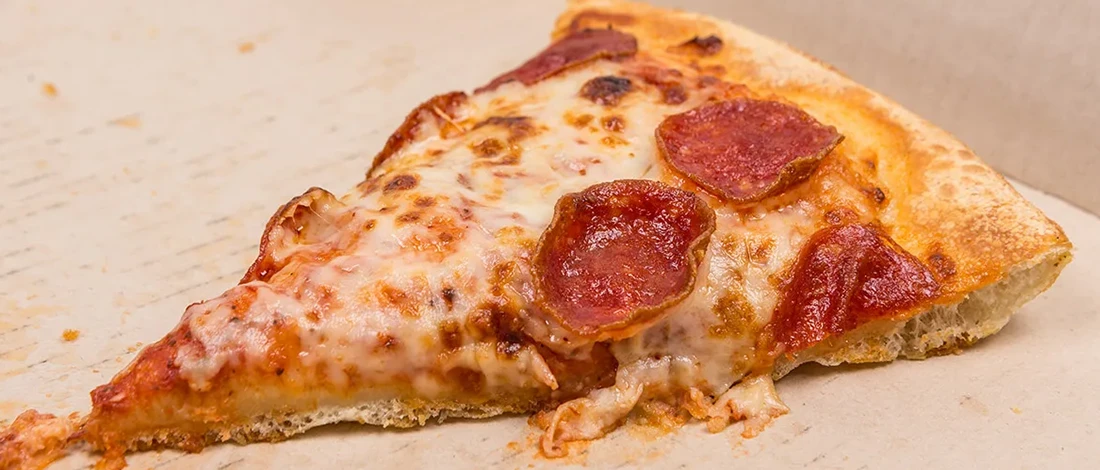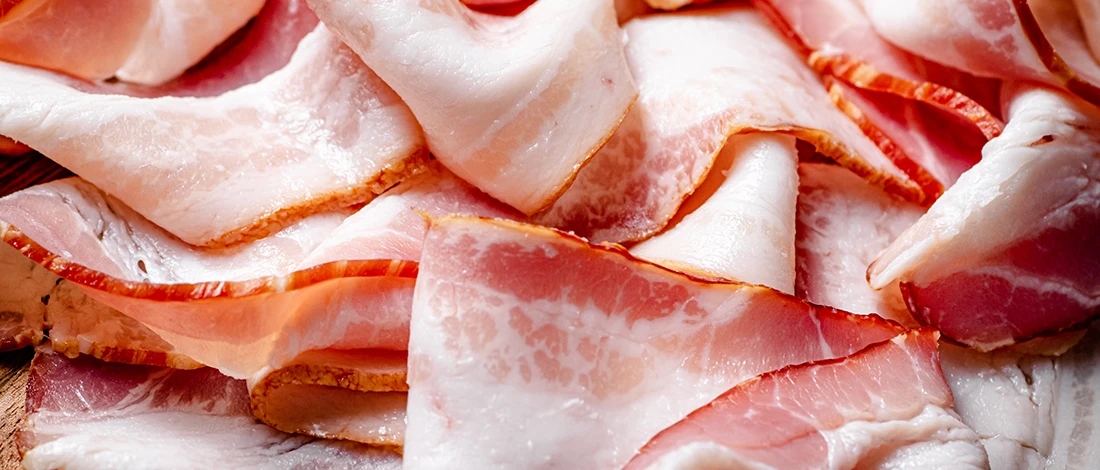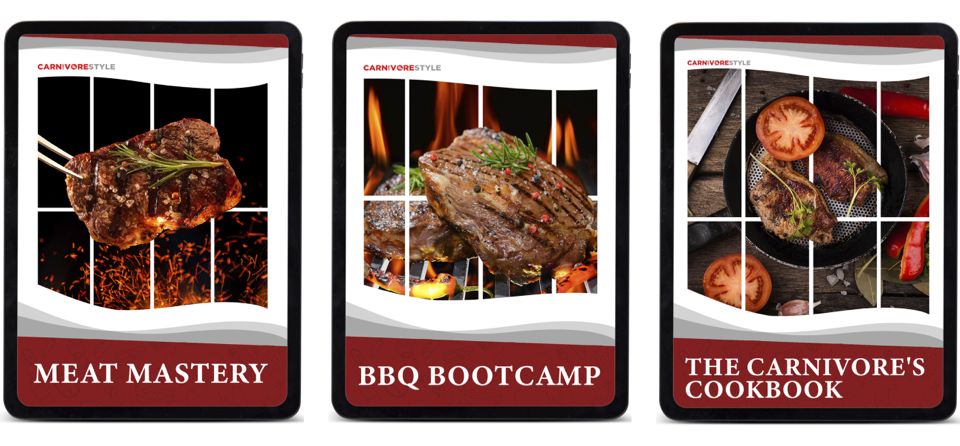Sous vide cooking has taken the culinary world by storm, offering a precise and economical method to prepare meat. However, a common question among new enthusiasts is, "How long can sous vide steak last in the refrigerator?"
As a professional chef, I can explain the ins and outs of refrigerating, freezing, reheating, and storing sous vide meat.
In this article, I'll clarify the mysteries of this innovative cooking technique.
Quick Summary
- Sous vide steak can be safely refrigerated for up to 3-4 weeks, thanks to precise temperature control and sealed plastic bags.
- For long-term storage, freezing sous vide meat in vacuum-sealed bags is an ideal option, with a shelf life of up to 2-3 months.
- Reheating sous vide meat is simple and ensures your meal remains perfectly cooked.
- Limit the number of times you reheat the steak to prevent loss of quality and ensure food safety.
Refrigerating Steak After Sous Vide
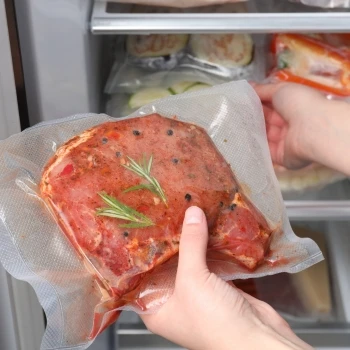
"Under vacuum" in French, cooking food sous vide involves vacuum-sealing meat in a plastic bag and immersing it in a water bath at a precise low temperature for an extended period [1].
When finished cooking food sous vide, cool the meat in an ice bath to bring it down to a safe temperature quickly. Then, transfer it to the fridge for short-term storage without removing it from the bag.
You can keep sous vide meat safely in the refrigerator for up to 3 to 4 weeks, which is longer than traditionally cooked steak [2]. The temperature control during cooking and the sealed bags minimize the risk of bacterial growth, making it a safe choice to refrigerate red meat.
If the meat is removed from the bag, it should only be kept in the fridge for 3 to 4 days, the same shelf life as any other steak [3]. If you want to keep sous vide meat safe longer, it should be frozen in an airtight container.
Uncooked food can be kept vacuum-sealed in a plastic bag and refrigerated as well.
Keeping Sous Vide Meat in the Freezer
Freezing is a great option if you have more leftover steak than you can consume within a few days. Freezing sous vide beef is simple and can extend its shelf life for 2 to 3 months [4].
Chicken breast and other poultry may be kept for up to six months in zipper bags. After this time, the meat will still be safe to eat but may not be at its optimum flavor.
To keep sous vide meat in the freezer, let it cool completely and transfer the package to a freezer-safe bag or container.
Remember to label the bag or container with the freezing date to track how long it has been stored. When you're ready to enjoy your frozen meat, thaw it in the refrigerator overnight before reheating or cooking.
Reheating Sous Vide

One of the fantastic advantages of economical sous vide cooking is that it preserves the meat's juiciness and flavor. When it's time to enjoy your meat, reheating is a breeze.
Simply reheat the vacuum-sealed bag in a water bath at the same temperature you initially cooked it. This ensures the meat remains properly cooked without overcooking or drying out.
Sous vide reheating is a time saver, as it doesn't require constant stove checking or precise timing.
Sous Vide and Finishing Later
One of the significant benefits of cooking meat sous vide is the ability to prepare it in advance and finish it later in a refrigerated or frozen state. This is perfectly safe and can be especially useful when entertaining or planning meals ahead to save time.
After cooking your steak sous vide, you can quickly chill it in an ice water bath to stop the cooking process. Once chilled, store the meat in the fridge until you're ready to finish it. When it's time to eat, a quick sear in a hot pan or grill will provide that delightful crust on the outside while keeping the inside tender and juicy.
Related Articles:
- Different Levels of Cooked Steak
- What is Sirloin Tip Side Steak?
- How to Cook Bottom Round Steak?
- How to Cook Top Round Steak
"The beauty of sous vide cooking is that it puts you in complete control of the outcome. You can store, reheat, and cook meats with ease."
— Heston Blumenthal, English Chef
Benefits of Cooking Meat Sous Vide

- Temperature: Cooking sous vide allows you to cook meat to the exact degree of doneness you desire, ensuring consistent results every time.
- Economical Cooking: By preserving the meat's juices and flavors, this technique minimizes waste and maximizes the yield from your ingredients. It allows for using less expensive cuts of meat without sacrificing flavor or tenderness. The extended cooking time at low temperatures transforms tougher cuts into succulent and delicious dishes.
- Time Saver: The sous vide cooking technique requires minimal hands-on time, allowing you to focus on other aspects of your meal preparation.
- Delicious: Cooking meat sous vide retains its natural juices and flavors and allows for collagen breakdown, resulting in a more delicious and tender outcome. Meat cooked this way breaks down tough connective tissues, resulting in a juicy and melt-in-your-mouth texture.
- Restaurant-Quality Results: Many restaurants use this cooking technique to achieve consistent and top-quality dishes, which you can replicate at home.
FAQs
Can I Cook Sous Vide and Sear Later?
Yes, you can cook sous vide and sear later. This method provides the flexibility to cook food in sous vide bags, quickly chill them in an ice bath, and store them in the fridge until you're ready to enjoy. When you're ready to savor your meal, a quick sear in a hot pan or on the grill will provide that coveted crust on the outside while preserving the steak's juiciness.
What Happens if You Leave Meat in Sous Vide Too Long?
Leaving meat in sous vide for too long typically increases tenderness rather than spoilage. However, prolonged cooking, especially above the recommended temperatures, can cause the meat to become overly soft and lose its desired texture.
References:
- https://www.britannica.com/topic/sous-vide-cooking
- https://ask.usda.gov/s/article/Is-Sous-Vide-packaging-shelf-stable
- https://ask.usda.gov/s/article/How-long-can-you-keep-cooked-beef
- https://www.fsis.usda.gov/food-safety/safe-food-handling-and-preparation/food-safety-basics/freezing-and-food-safety


